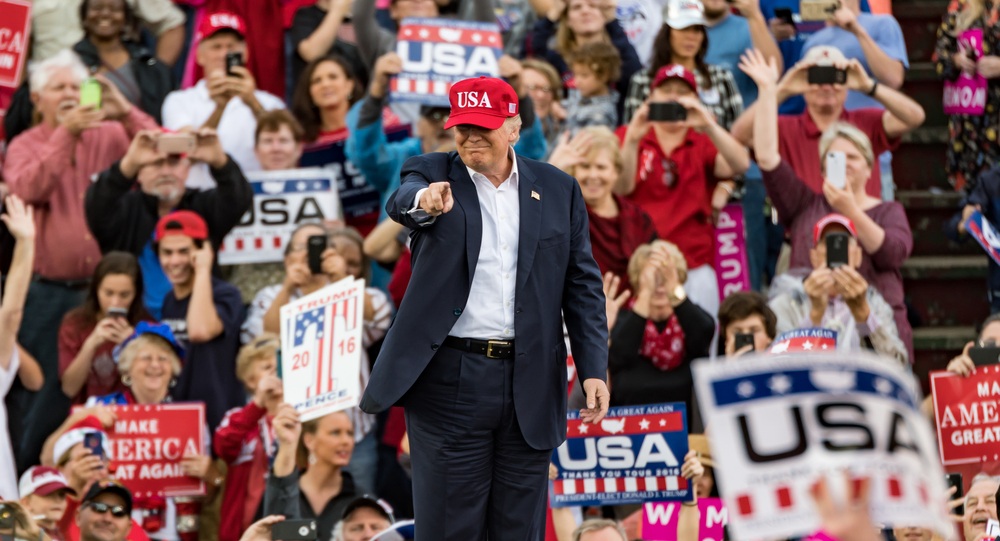Key Takeaways:
- Trump’s Historic Trade Deal: New tariffs on Chinese goods increased from 3% to 30%, boosting U.S. revenue by $130 billion annually.
- Economic Shift: The deal aims to stop U.S. decline, creating a fairer trade system and bringing jobs back to America.
- Global Impact: Over 150 countries, including India, are lining up to negotiate new trade terms with the U.S.
A New Era of Fair Trade
President Trump’s recent trade deal with China marks a significant shift in global economics. The tariffs on Chinese goods have skyrocketed from 3% to 30%, a move that could generate an extra $130 billion annually for the U.S. by 2024. This change is part of a broader strategy to halt America’s economic decline and restore its manufacturing sector.
How the Deal Was Reached
The road to this deal wasn’t smooth. Initially, China resisted the tariffs, fearing economic turmoil. However, the threat of even higher tariffs pushed China to negotiate. Both countries agreed to lower tariffs by 115% while keeping a 10% rate. This agreement is set to take effect by May 14, 2025, and is seen as a major win for the U.S., leveling the playing field for American workers.
The Ripple Effect on Global Trade
The tariffs have sparked a chain reaction worldwide. India, for instance, is considering removing its 100% tariffs on U.S. goods. This openness reflects a larger trend as over 150 countries express interest in new trade deals with the U.S., signaling a significant shift in global trade dynamics.
Bringing Jobs Back Home
Trump’s focus is on ending the unfair practices that sent U.S. jobs abroad. The new tariffs are designed to encourage companies to stay in America, potentially reversing the outsourcing trend and reviving the manufacturing sector.
A Bigger Picture: The Fight Against Economic Inequality
Critics argue that global corporations and elites have profited at the expense of ordinary workers. Trump’s policies challenge this status quo, aiming to redistribute wealth back to workers. This shift is met with resistance from powerful elites who fear losing their economic grip.
The Media Landscape
The media, largely controlled by a few powerful entities, often criticizes Trump’s approach. However, supporters see his policies as a step toward a more equitable economy, prioritizing American interests and jobs.
Conclusion: A New Economic Dawn
The trade deal is more than just numbers; it’s a strategic move toward economic fairness. While challenges lie ahead, the potential to boost U.S. revenue, create jobs, and inspire global trade reforms is immense. As the world adapts to these changes, the impact of Trump’s policies will be closely watched, signaling a new era in international trade.

